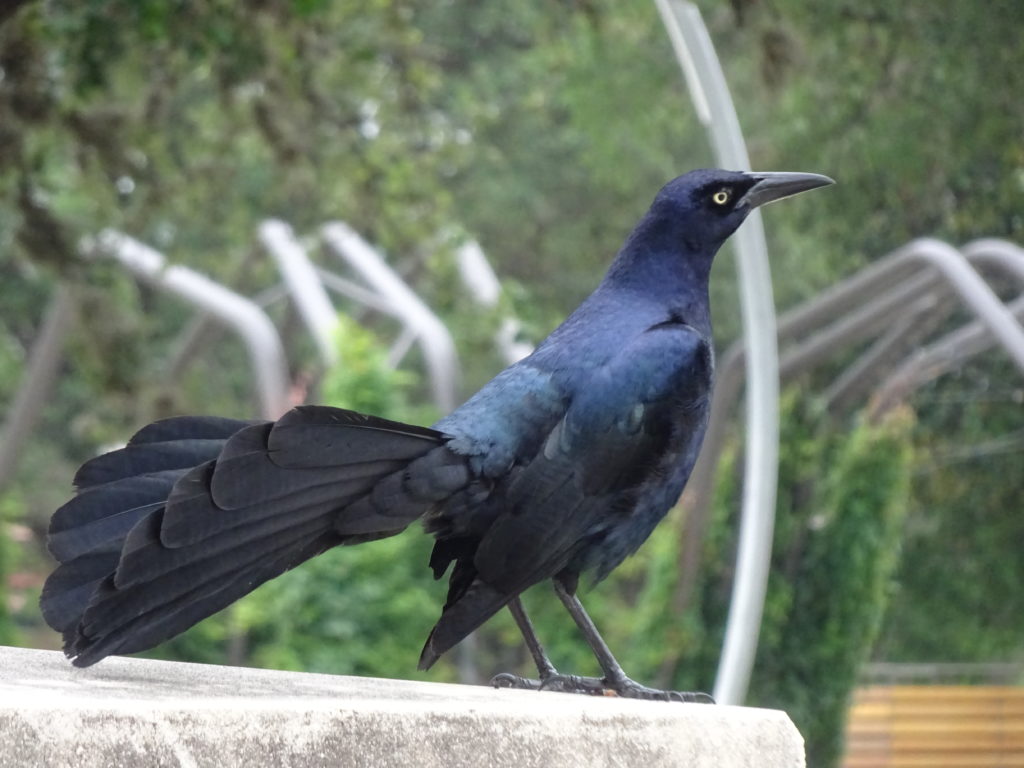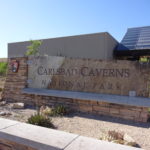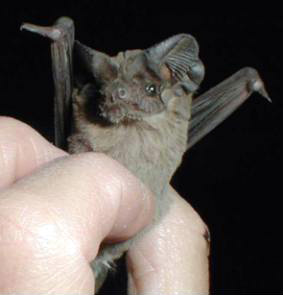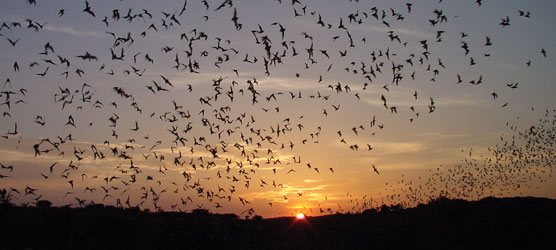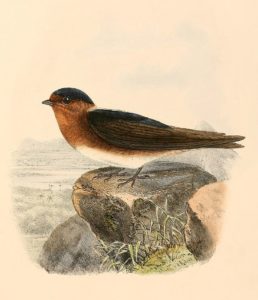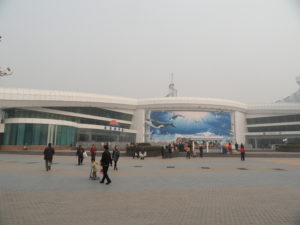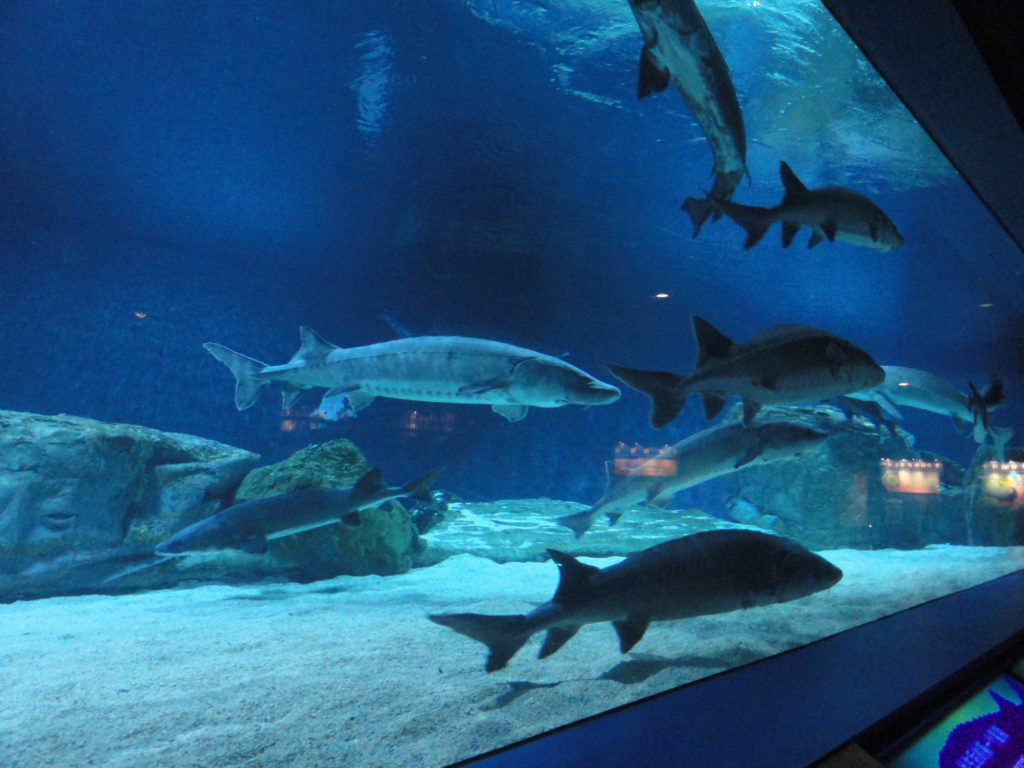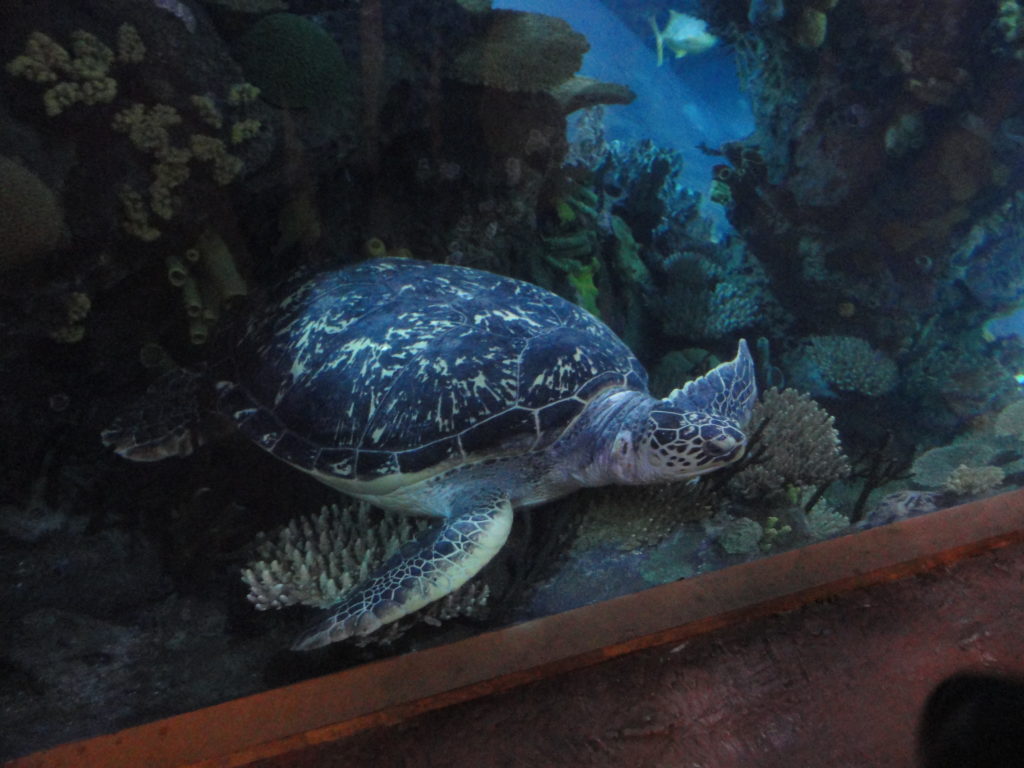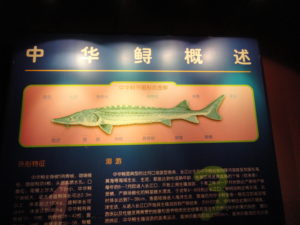It’s been a while since I did a catch-up post, in part because I was recovering from surgery and in part because of travel before and after surgery. Since a lot of posts have built up I’ll handle the three blogs in separate posts. Today, Science Traveler. Rather than go back in order, the posts can be broken down into categories.
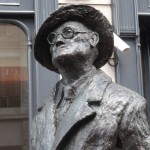 This is Science Traveler, right. So let’s begin with some recent travel posts. I recently returned from a tour of “Lincoln’s Illinois” where I visited Lincoln’s home in Springfield, his earlier village of New Salem, and several other Lincoln related venues. I even got to hear songs Lincoln listened to on the very piano on which he heard them played. Here are Part I and Part II.
This is Science Traveler, right. So let’s begin with some recent travel posts. I recently returned from a tour of “Lincoln’s Illinois” where I visited Lincoln’s home in Springfield, his earlier village of New Salem, and several other Lincoln related venues. I even got to hear songs Lincoln listened to on the very piano on which he heard them played. Here are Part I and Part II.
Earlier in the summer I visited Nikola Tesla’s homeland, got to meet the Prince and Princess of Serbia, and toured the beauty of Montenegro.
Back here in the States, I also recalled my journey through the glidepath at Ripley’s Aquarium of Myrtle Beach.
More travel posts here.
THOMAS EDISON AND NIKOLA TESLA
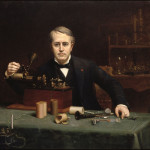 Another major event this year was the release of my new book, Edison: The Inventor of the Modern World. This set up a competition, of sorts, between Edison and Nikola Tesla, the subject of my first book plus two subsequent e-books.
Another major event this year was the release of my new book, Edison: The Inventor of the Modern World. This set up a competition, of sorts, between Edison and Nikola Tesla, the subject of my first book plus two subsequent e-books.
I posted some previews to Edison, including Thomas Edison the Movie Mogul and Thomas Edison and the Talking Doll.
 In addition to the travel out to Illinois, I’m currently working on a new book for the same publisher as Edison and Tesla on, you guessed it, Abraham Lincoln. That book will be released some time in the summer of 2017. Recently I wrote about the progression from Tesla to Edison to Lincoln. I also took a photo of all my books written to date, including the e-book I wrote called Abraham Lincoln and Nikola Tesla: Connected by Fate.
In addition to the travel out to Illinois, I’m currently working on a new book for the same publisher as Edison and Tesla on, you guessed it, Abraham Lincoln. That book will be released some time in the summer of 2017. Recently I wrote about the progression from Tesla to Edison to Lincoln. I also took a photo of all my books written to date, including the e-book I wrote called Abraham Lincoln and Nikola Tesla: Connected by Fate.
Finally, I wrote about a special event on the Election of 1860 sponsored by the Lincoln Group of DC, of which I am a Vice President. You can check out our upcoming events on the Lincoln Group website.
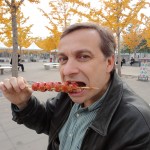
Candied hawthorns in Olympic Park, Beijing
September 2016 marked my third year anniversary from when I decided to ditch the successful career job I no longer enjoyed and start a new career as an author and science traveler. It’s still the best decision ever.
Okay, that’s all for now. I’ll post catching up posts for Hot White Snow and The Dake Page in the next few days. Or simply click on the links to scroll down the most recent offerings. Thanks to all for helping to make this new career such a success.
David J. Kent is the author of Tesla: The Wizard of Electricity (2013) and Edison: The Inventor of the Modern World (2016) (both Fall River Press). He has also written two e-books: Nikola Tesla: Renewable Energy Ahead of Its Time and Abraham Lincoln and Nikola Tesla: Connected by Fate.
Follow me by subscribing by email on the home page. And feel free to “Like” my Facebook author’s page and connect on LinkedIn. Share with your friends using the buttons below.




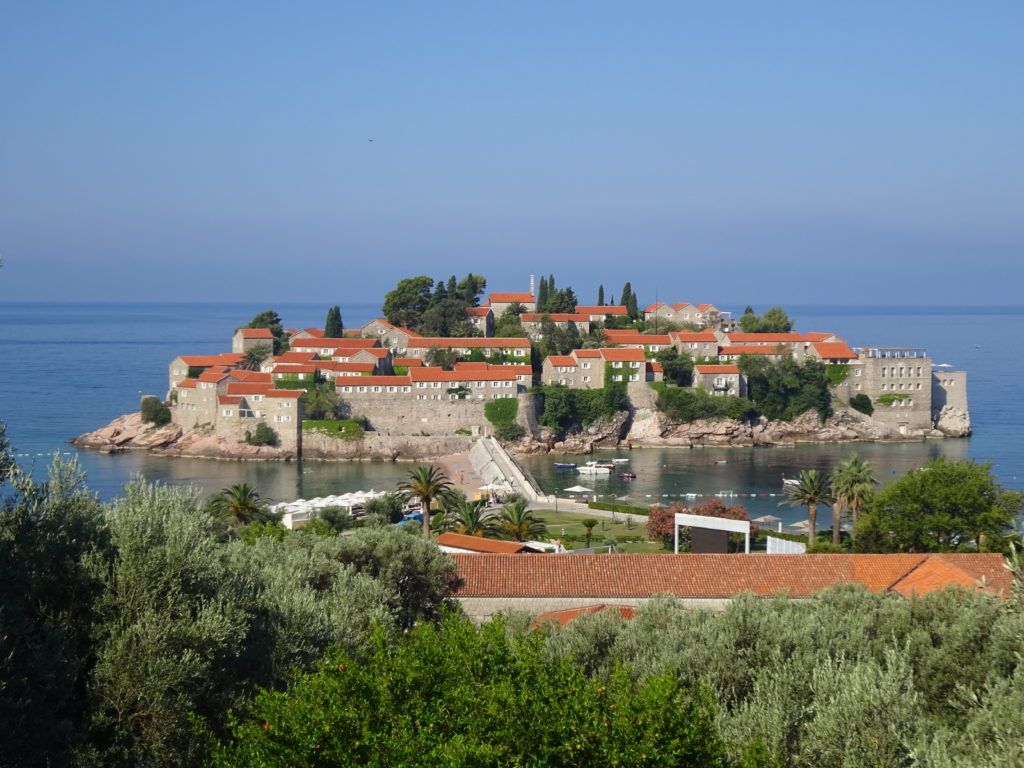

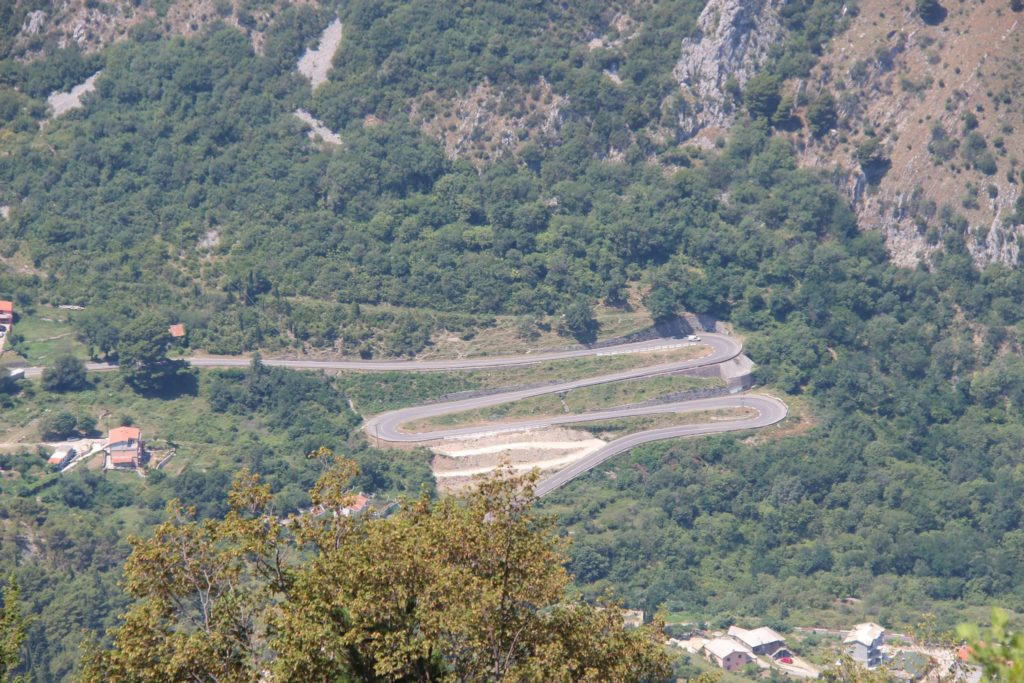
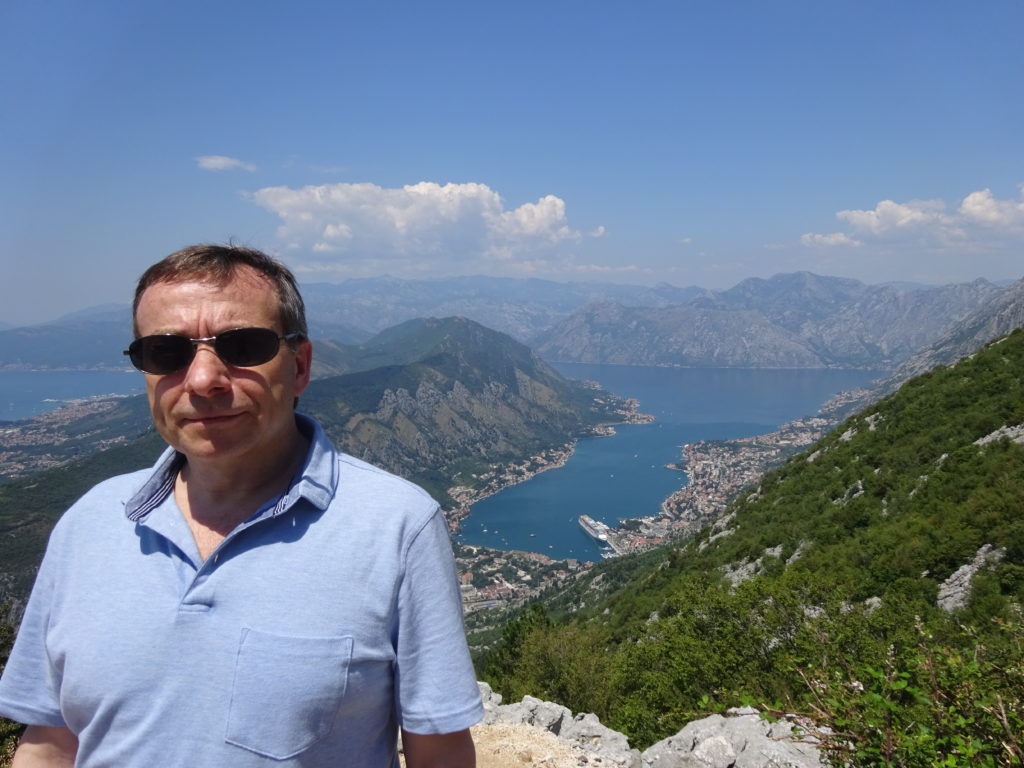

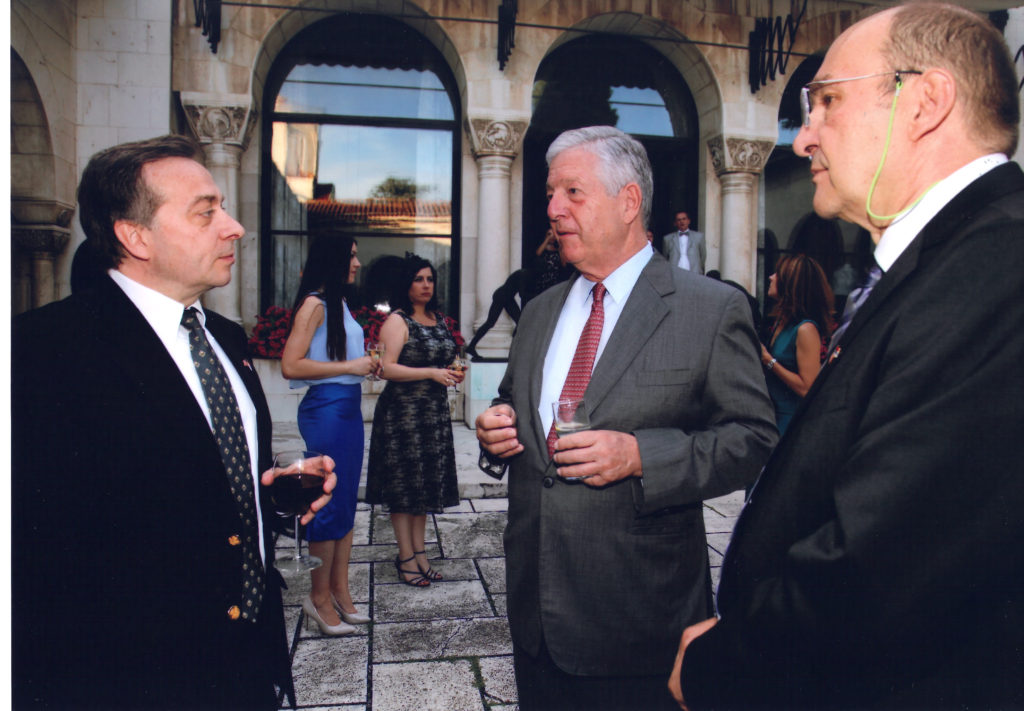
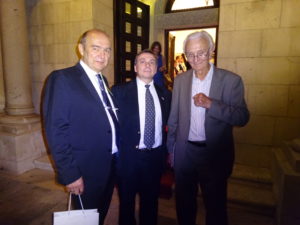
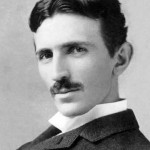 Nikola Tesla was born 160 years ago at midnight of July 9th/10th. His father was a Serbian cleric; his mother the daughter and sister of Serbian clerics. In a portent of his future, Tesla came to this Earth during a lightning storm – “a child of the light” – in the little town of Smiljan, then part of the Austrian empire in what is now Croatia. This year’s birthday celebration will be held in Serbia, along with Montenegro and Croatia.
Nikola Tesla was born 160 years ago at midnight of July 9th/10th. His father was a Serbian cleric; his mother the daughter and sister of Serbian clerics. In a portent of his future, Tesla came to this Earth during a lightning storm – “a child of the light” – in the little town of Smiljan, then part of the Austrian empire in what is now Croatia. This year’s birthday celebration will be held in Serbia, along with Montenegro and Croatia.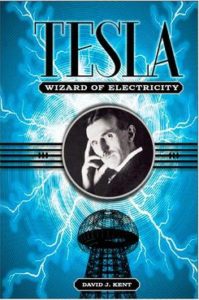
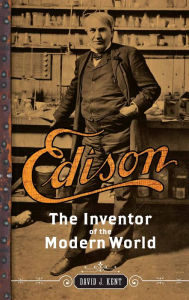
 Ripley’s has become synonymous with oddities-based attractions, and you’ll find a bunch of them in Myrtle Beach, South Carolina (including Ripley’s Believe It or Not!, Haunted Adventure, Moving Theater, and Marvelous Mirror Maze). But Ripley’s has also gotten into the aquarium business. Enter the glidepath at
Ripley’s has become synonymous with oddities-based attractions, and you’ll find a bunch of them in Myrtle Beach, South Carolina (including Ripley’s Believe It or Not!, Haunted Adventure, Moving Theater, and Marvelous Mirror Maze). But Ripley’s has also gotten into the aquarium business. Enter the glidepath at 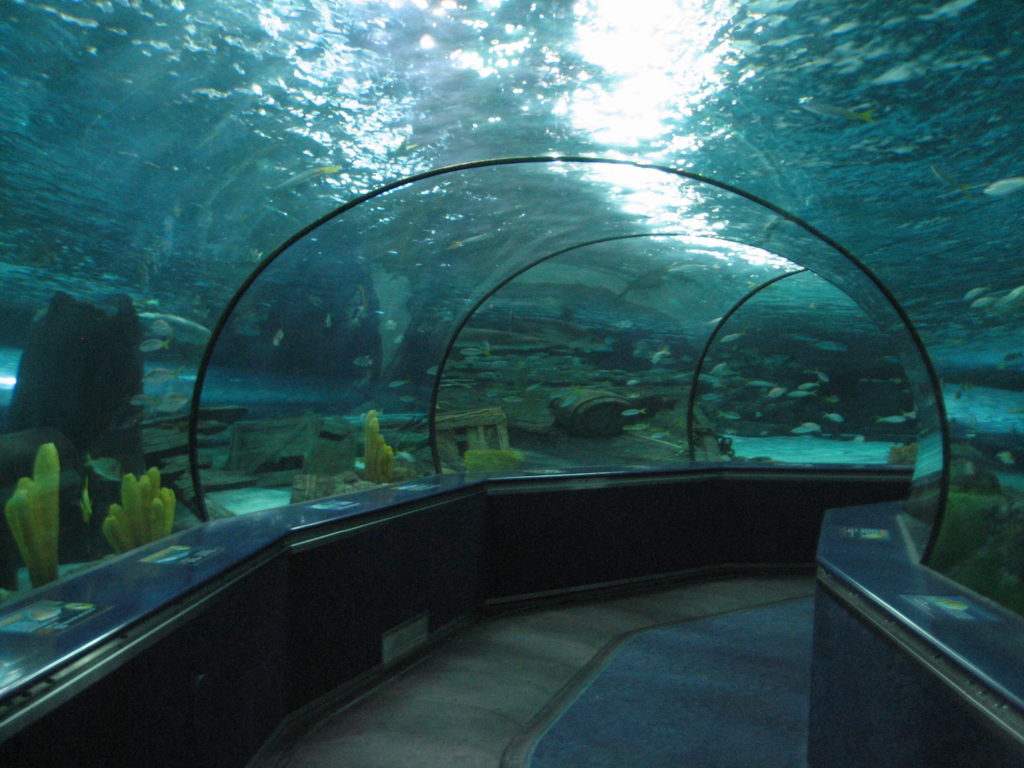
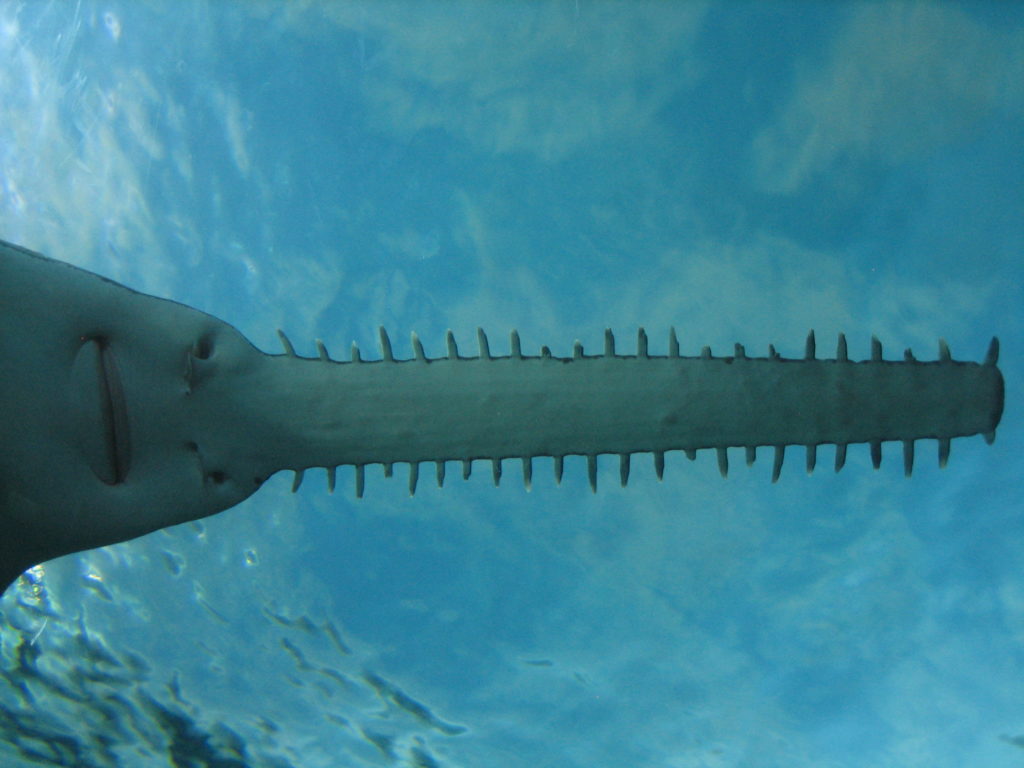
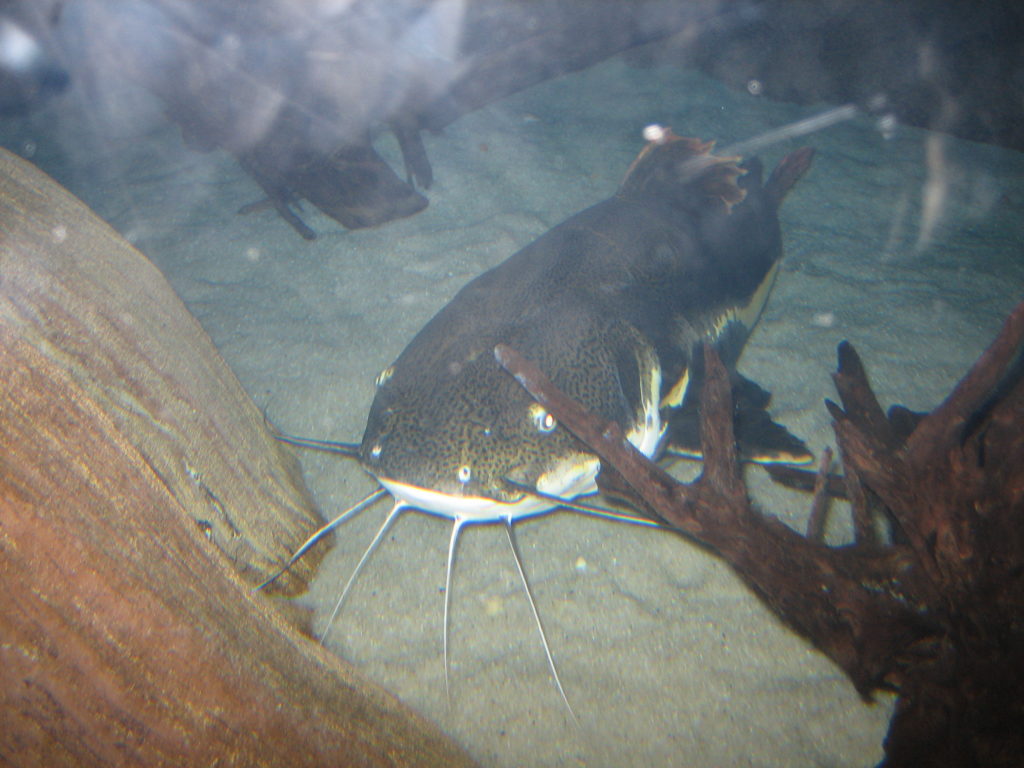
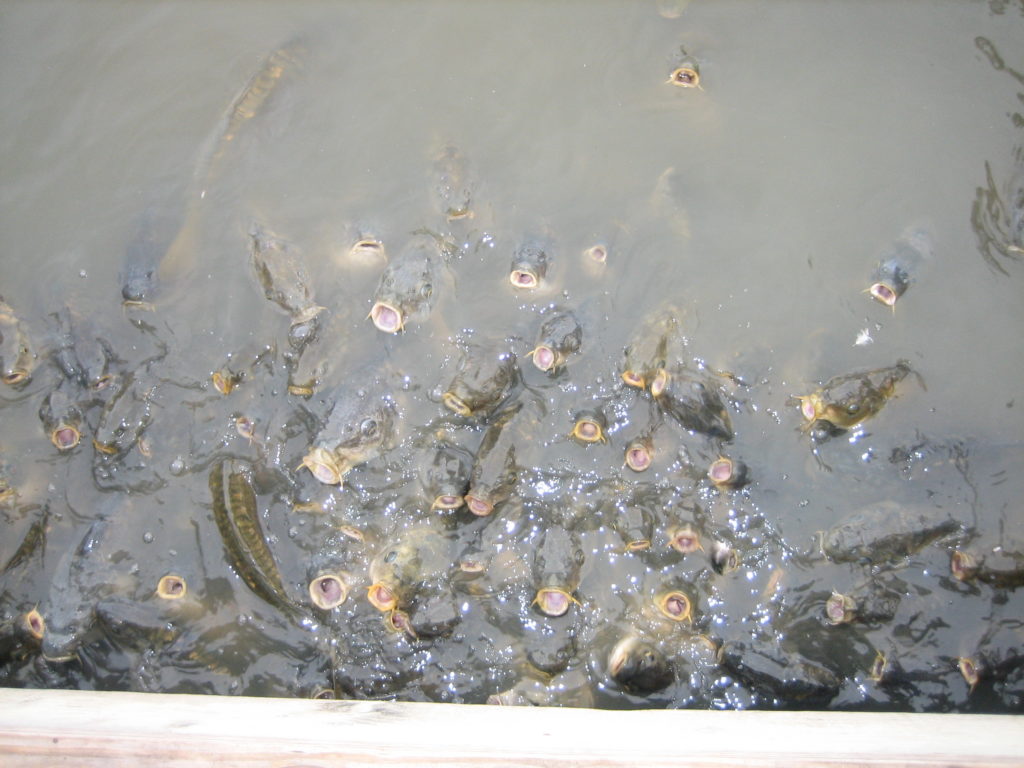
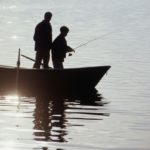 Hot White Snow
Hot White Snow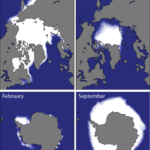 The Dake Page
The Dake Page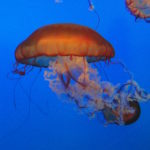 Of course, here on
Of course, here on 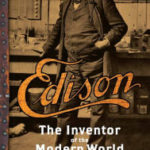 But wait, there’s more. I also received my first advance copy of
But wait, there’s more. I also received my first advance copy of 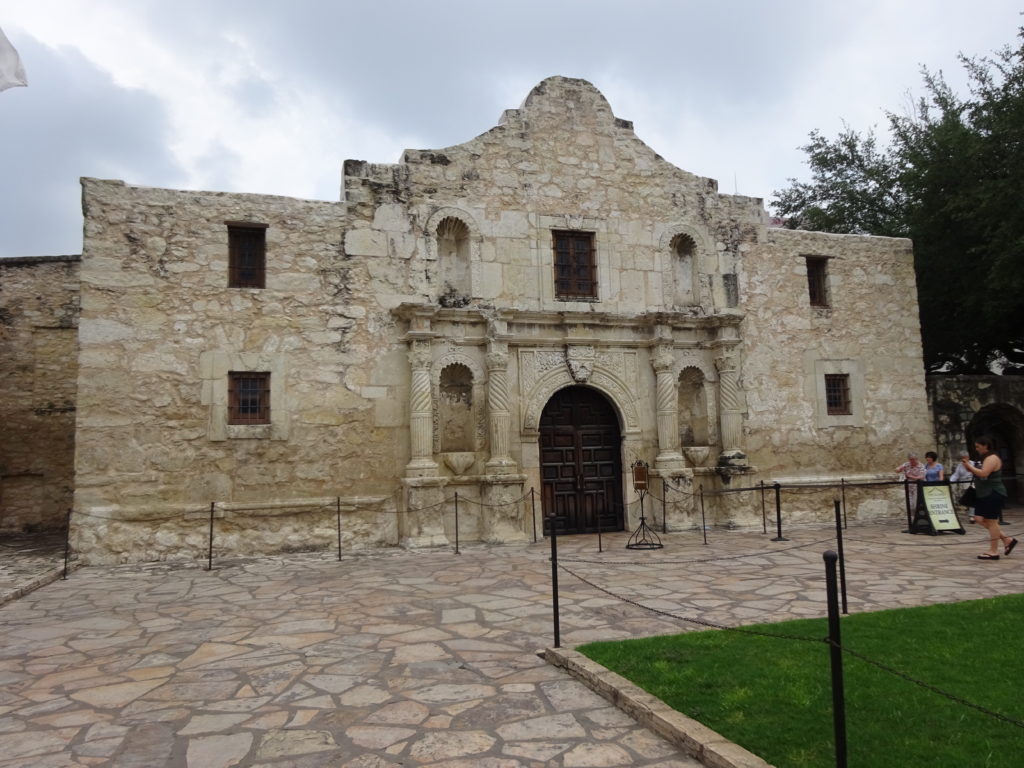
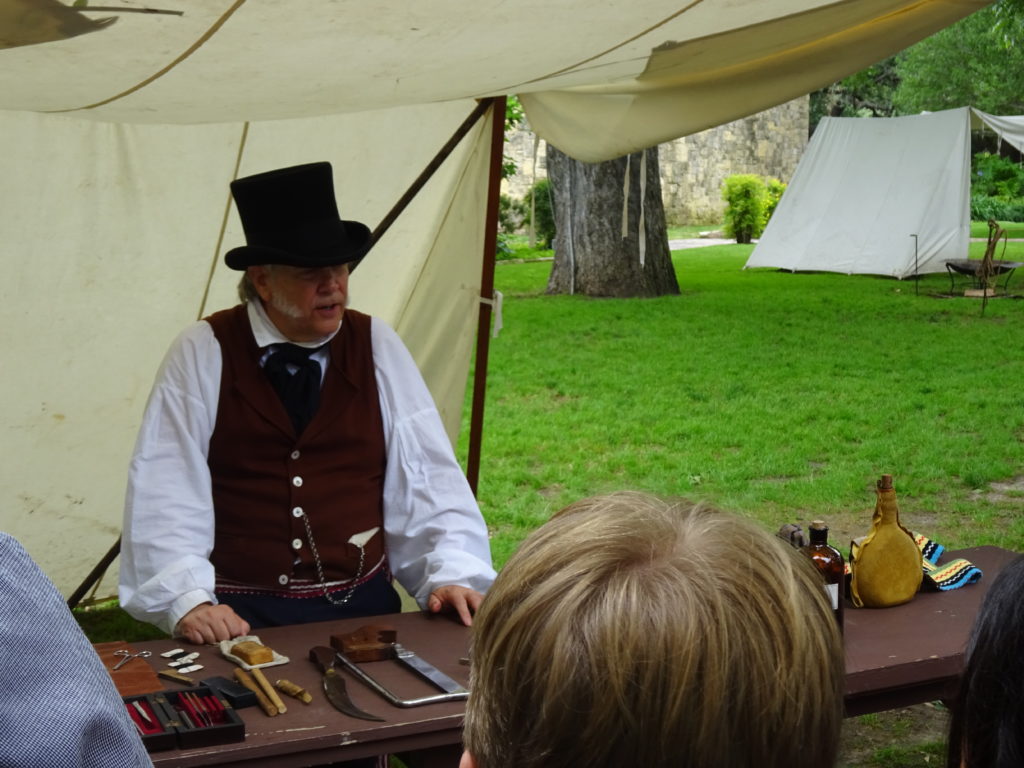 The good doctor regaled us with stories of the medical practices of the day. You can see the hacksaw on the table used for amputations. There are also leeches for bloodletting, stiff brandy for medicinal painkilling, and a variety of other instruments that range from precursors of today’s instruments to objects that seemed more appropriate for the Marquis de Sade.
The good doctor regaled us with stories of the medical practices of the day. You can see the hacksaw on the table used for amputations. There are also leeches for bloodletting, stiff brandy for medicinal painkilling, and a variety of other instruments that range from precursors of today’s instruments to objects that seemed more appropriate for the Marquis de Sade.